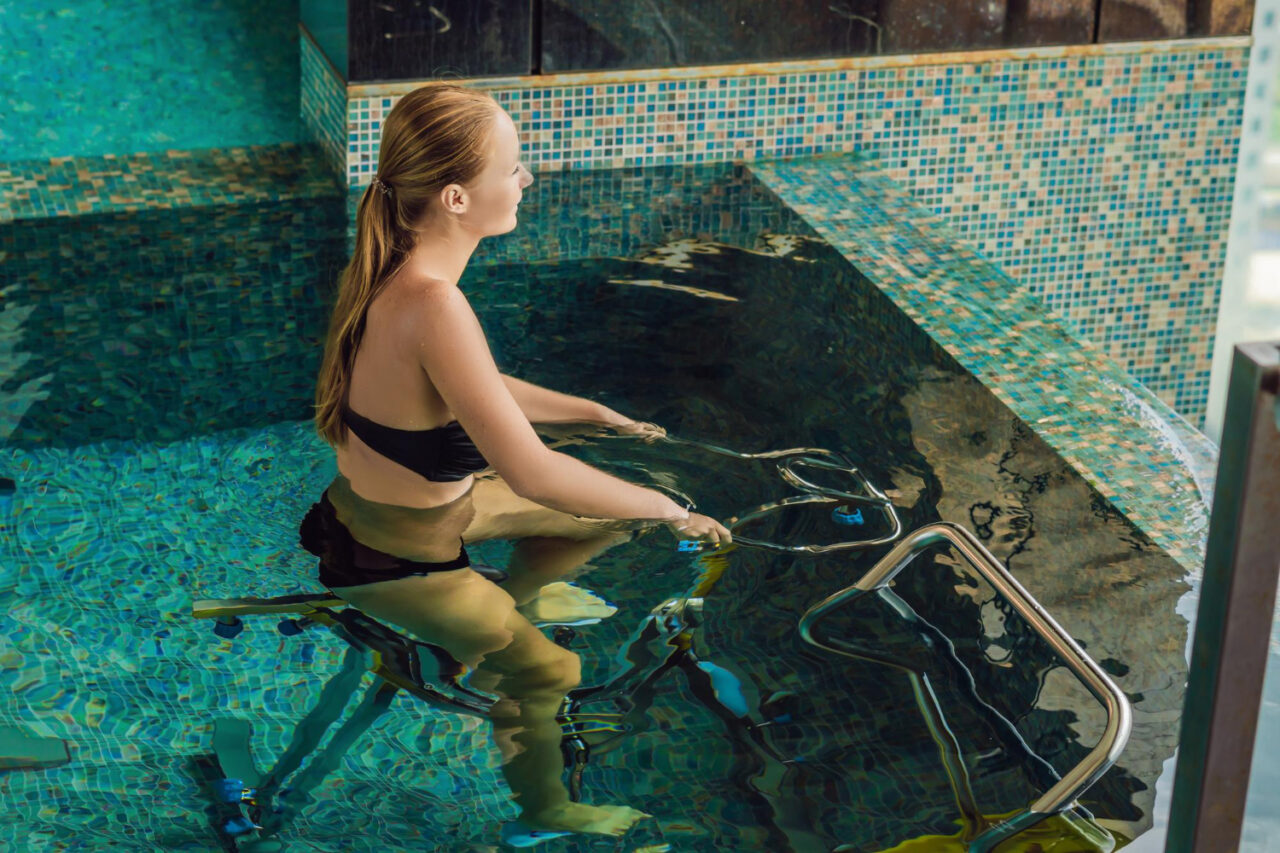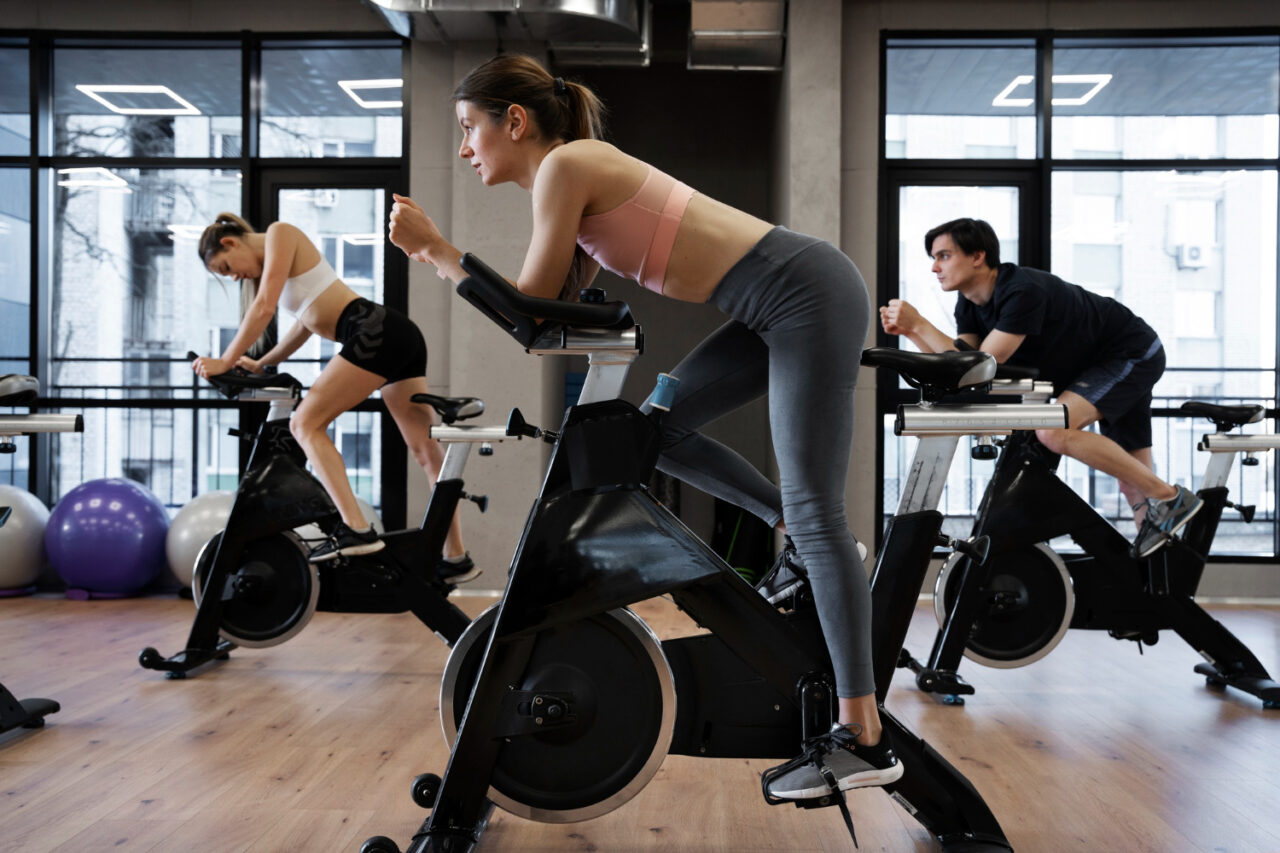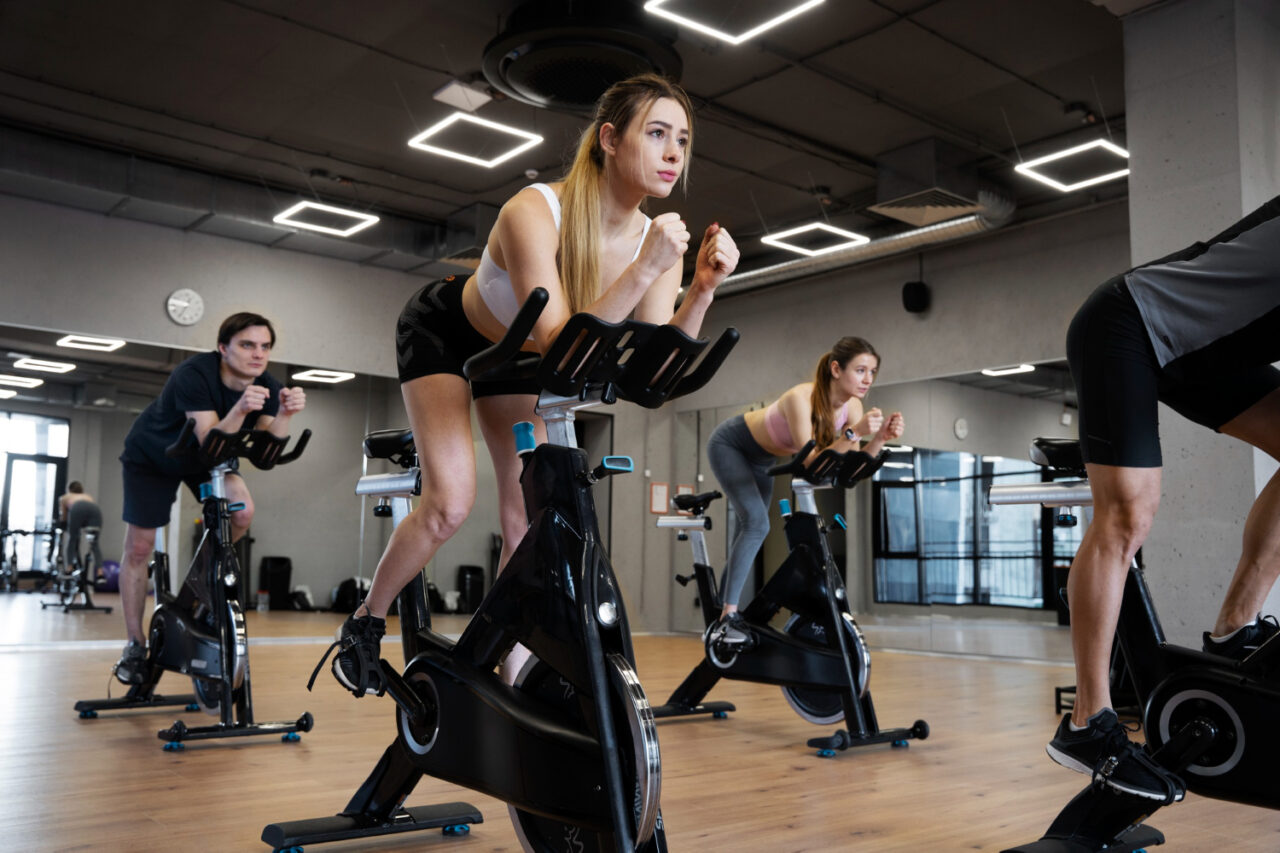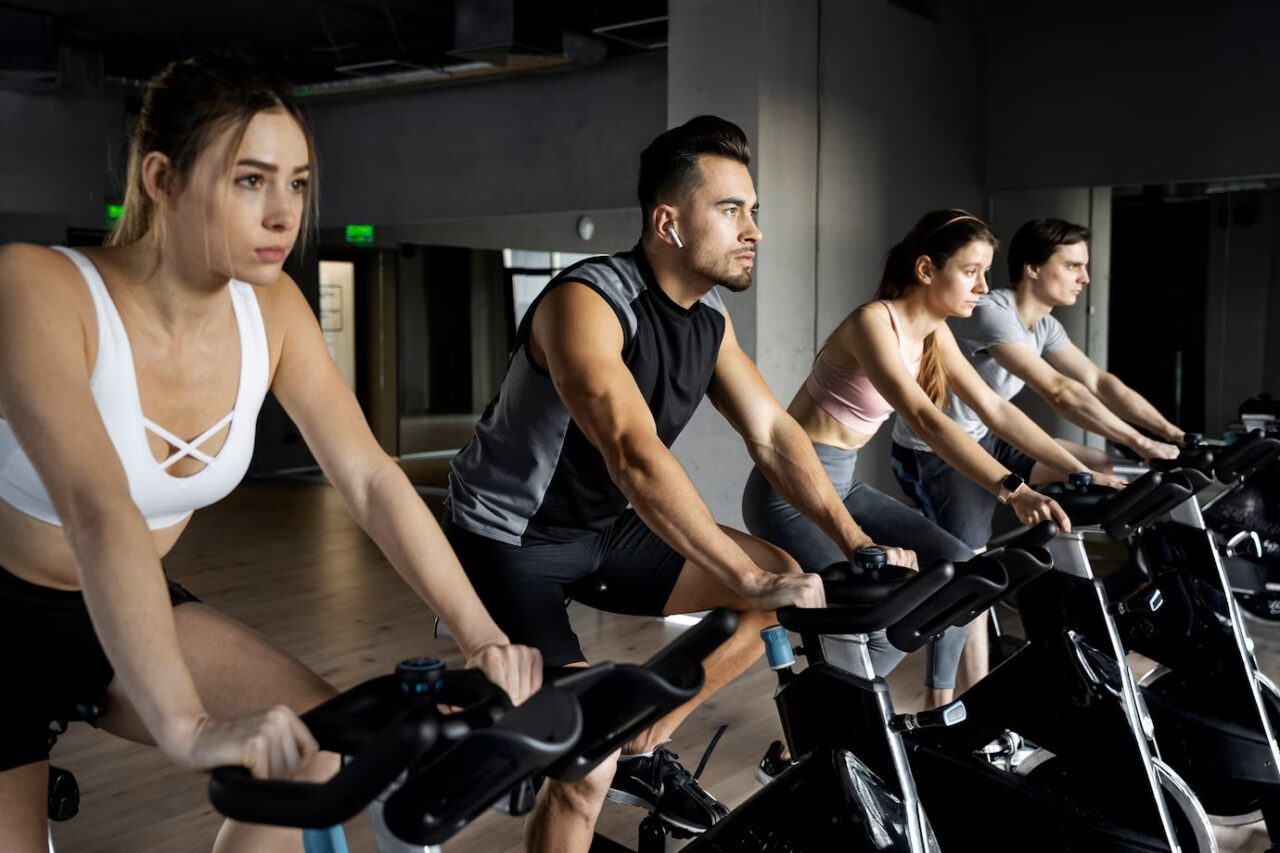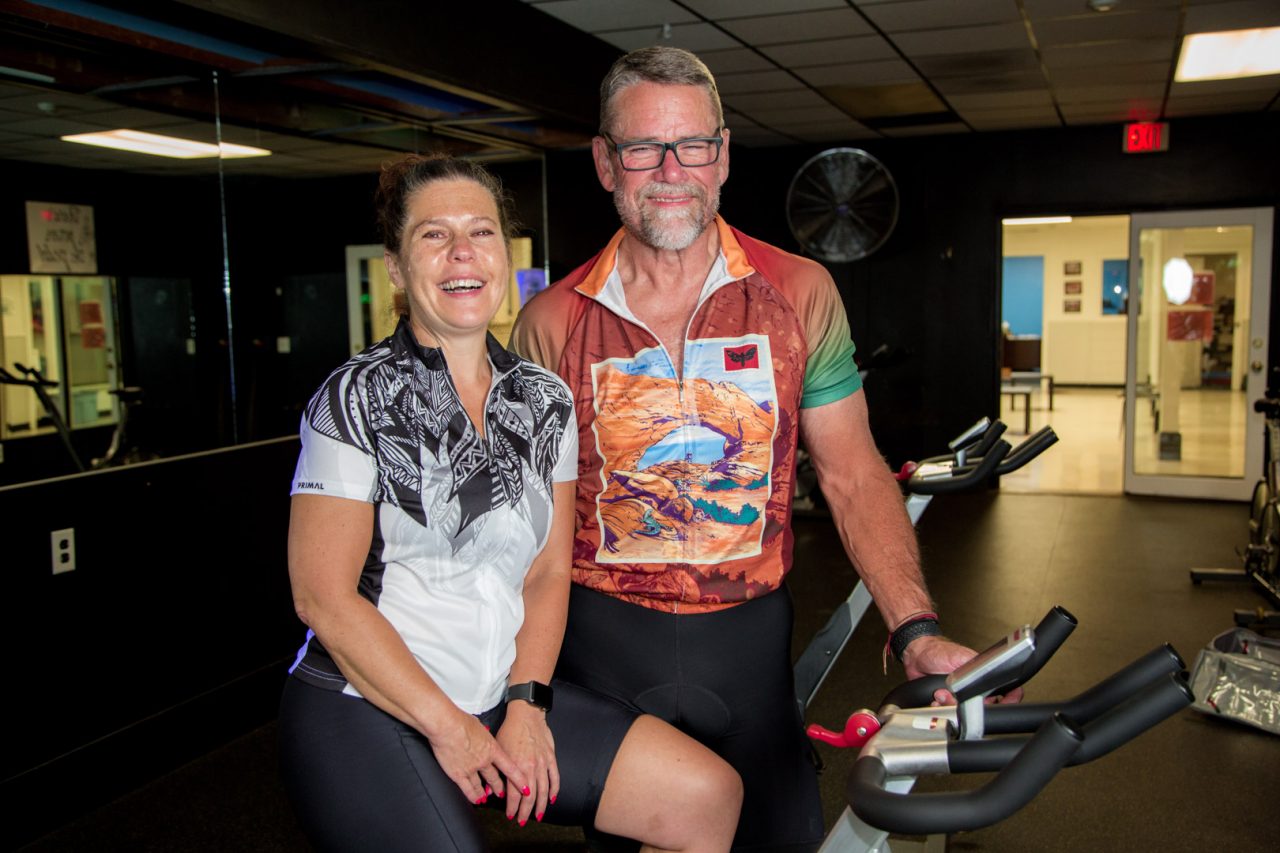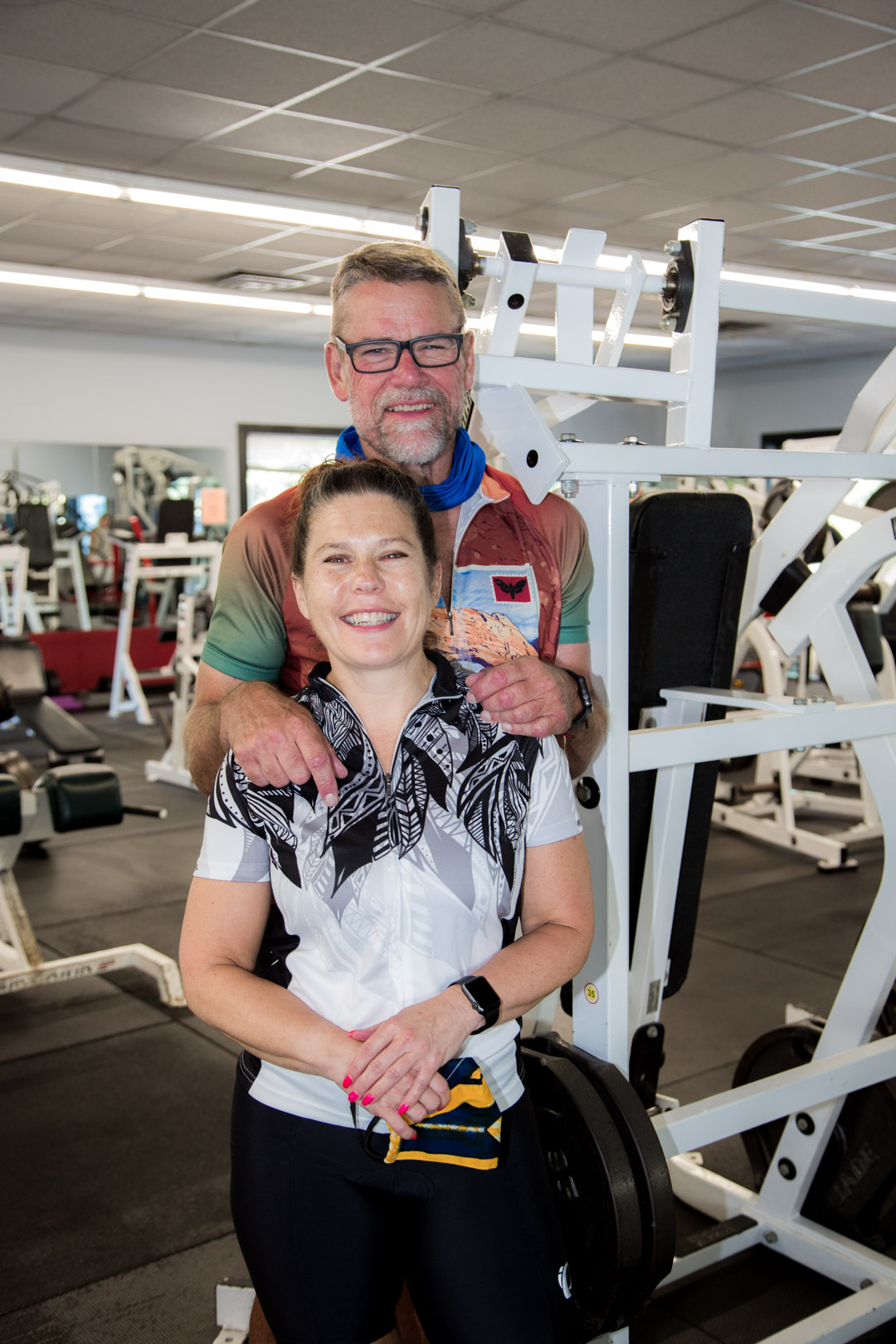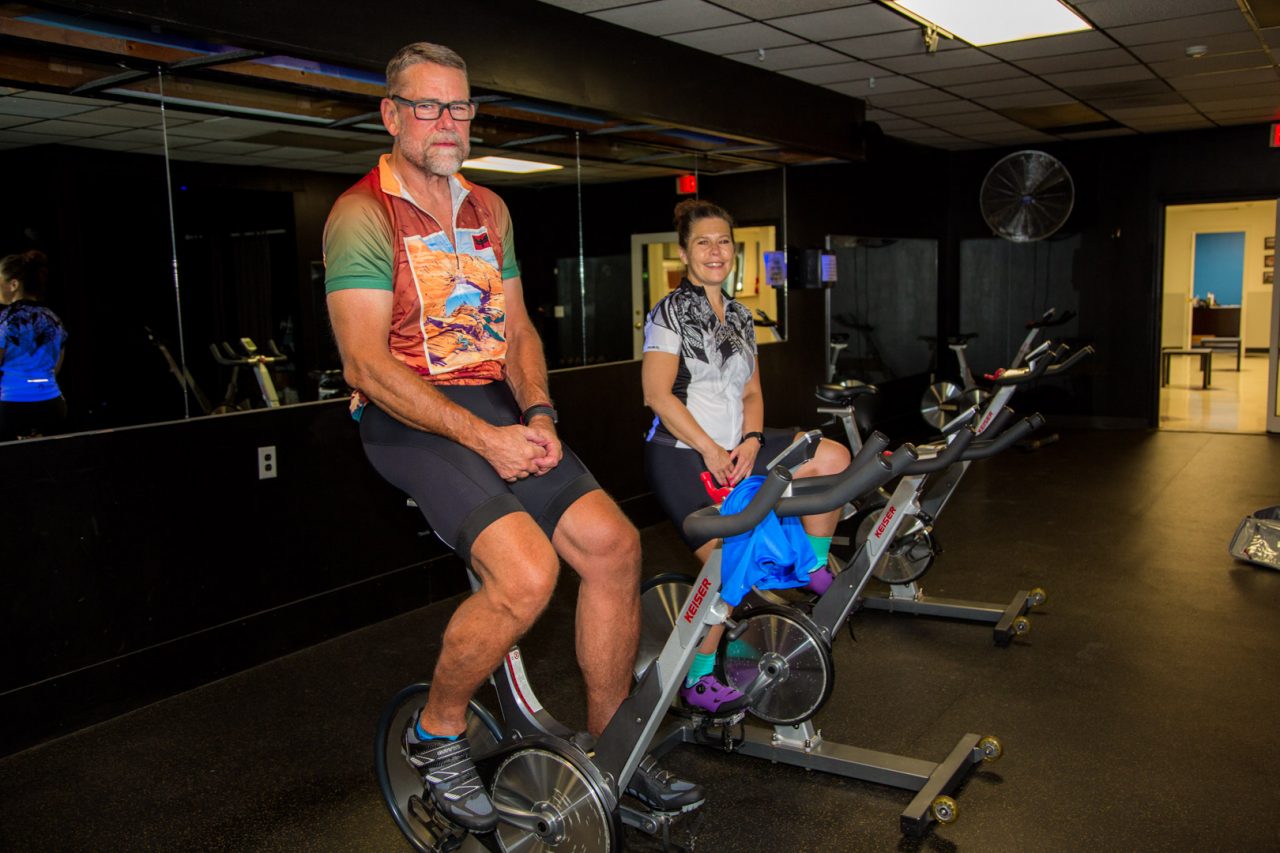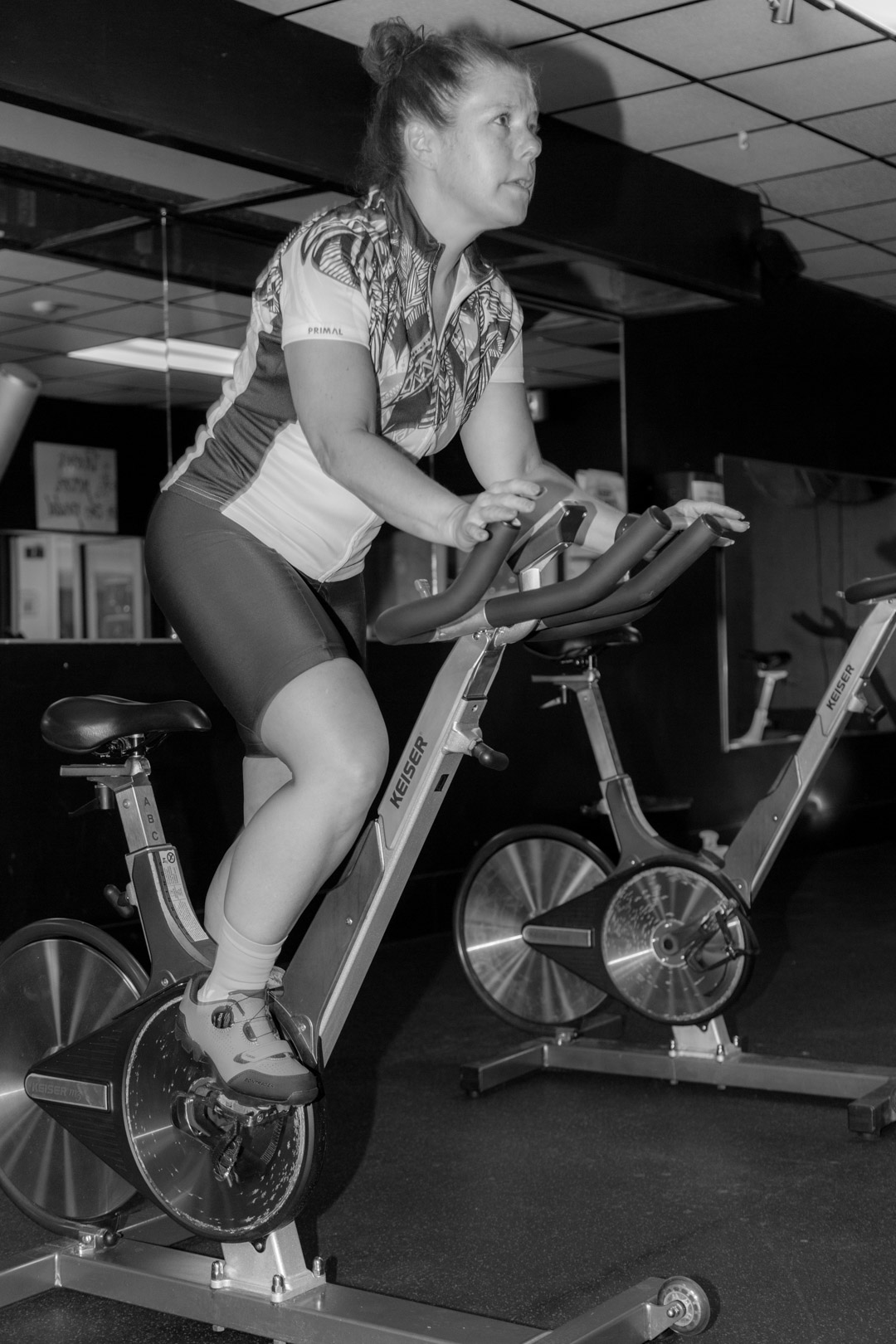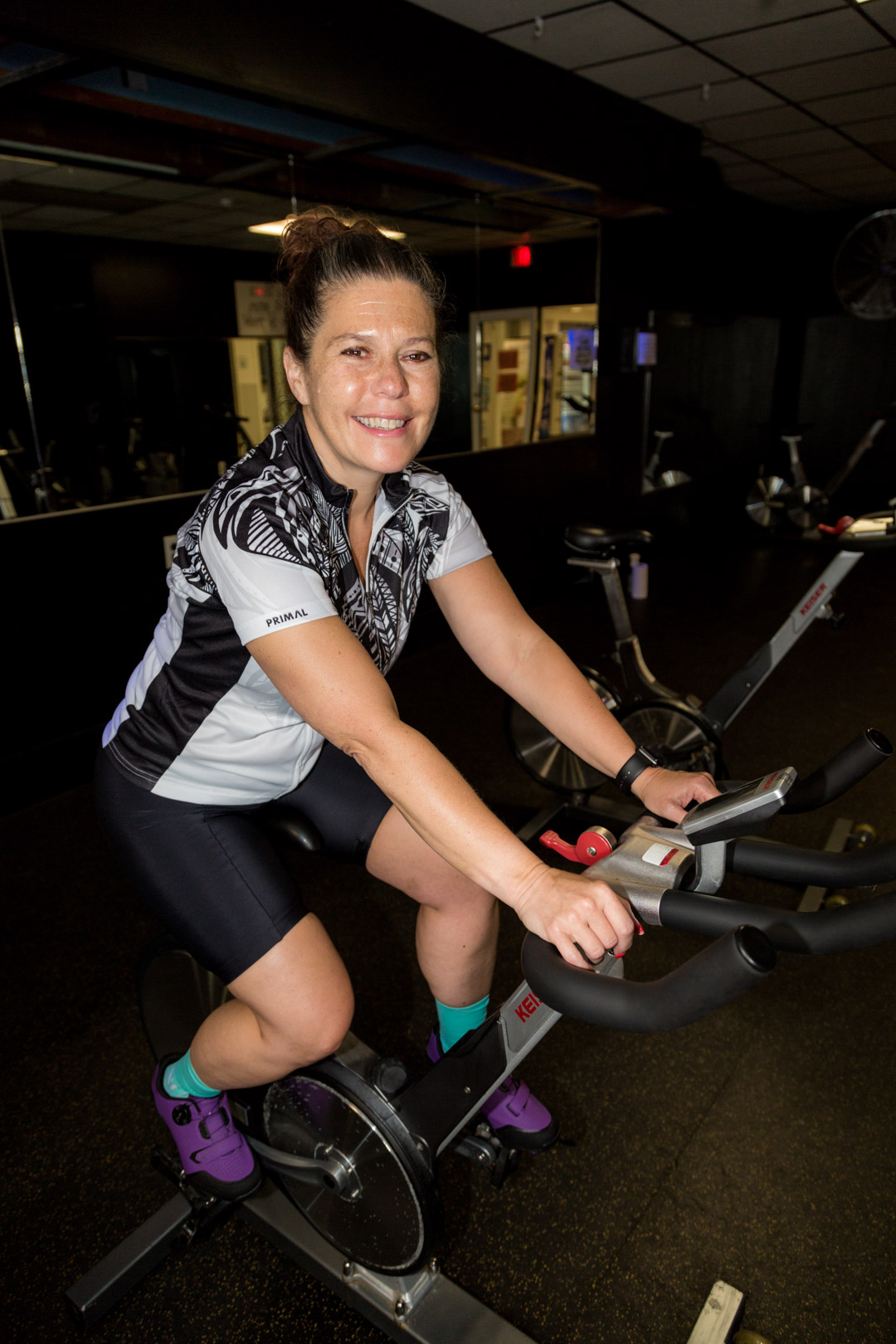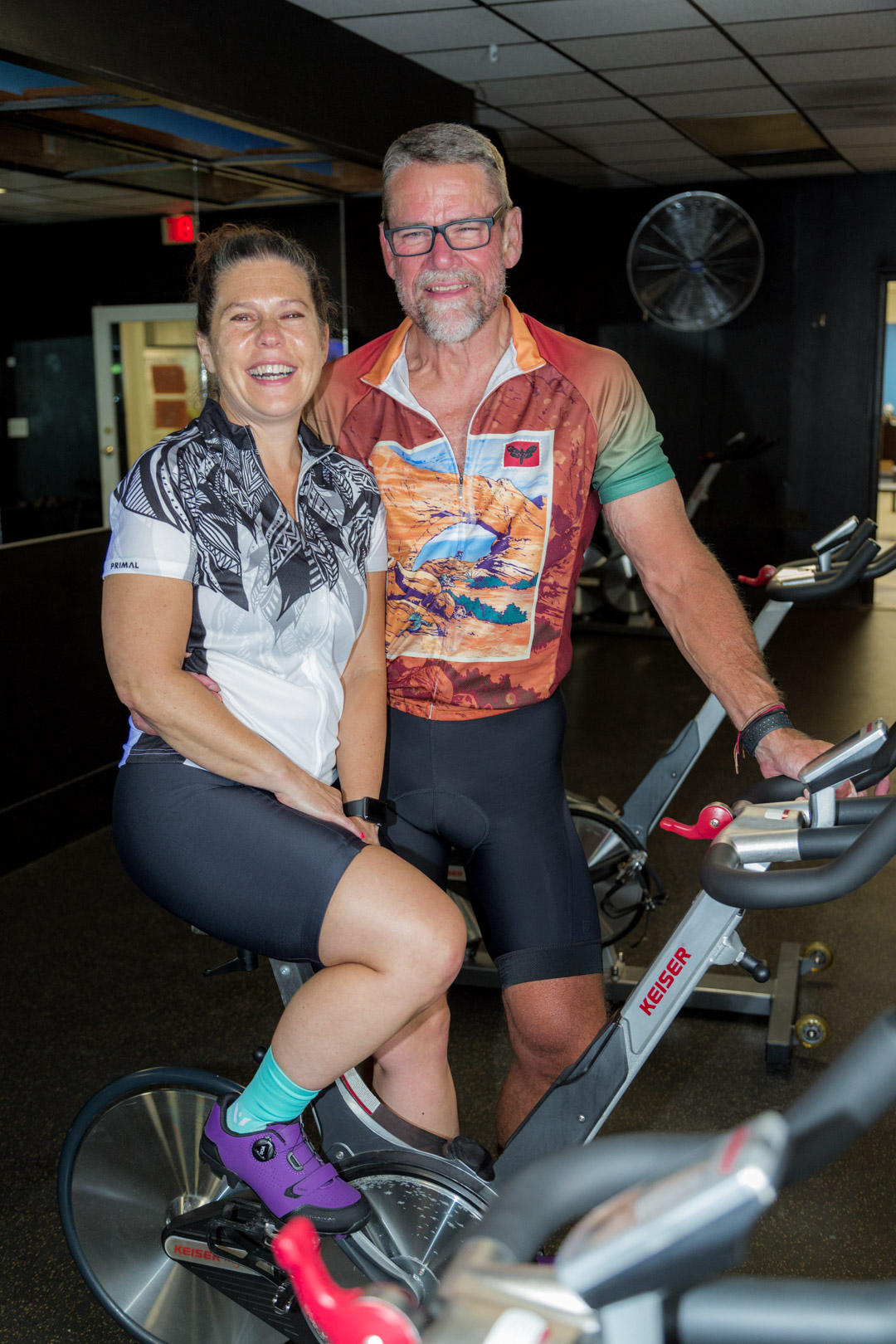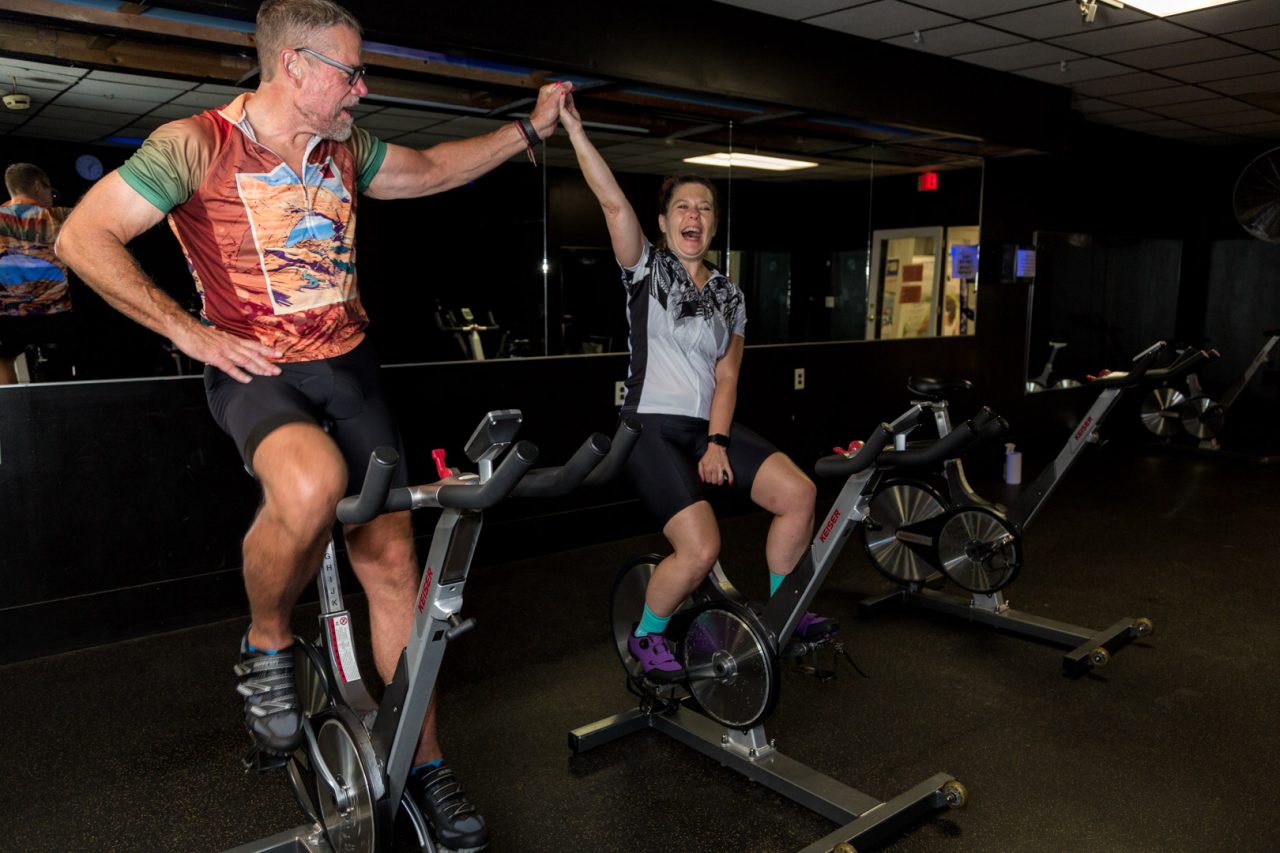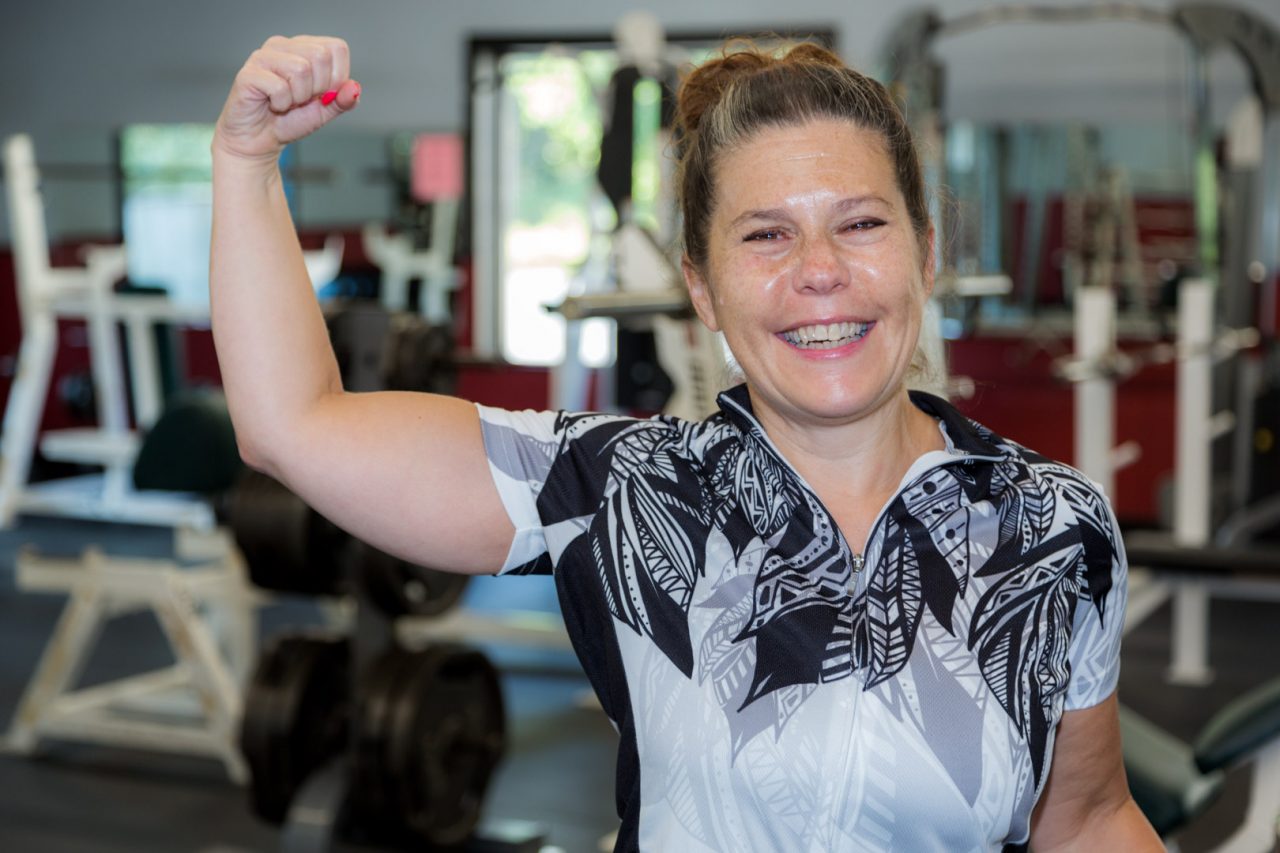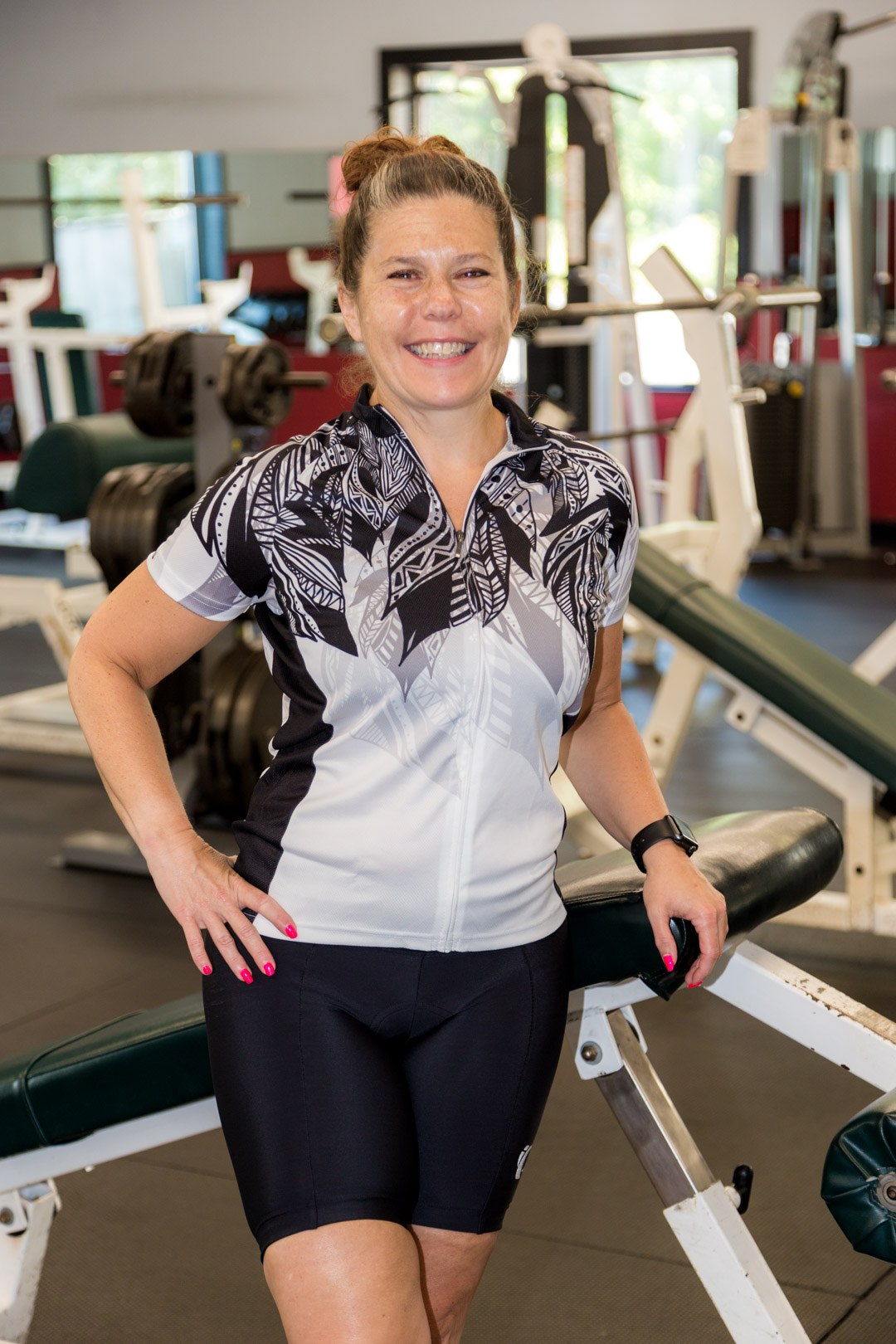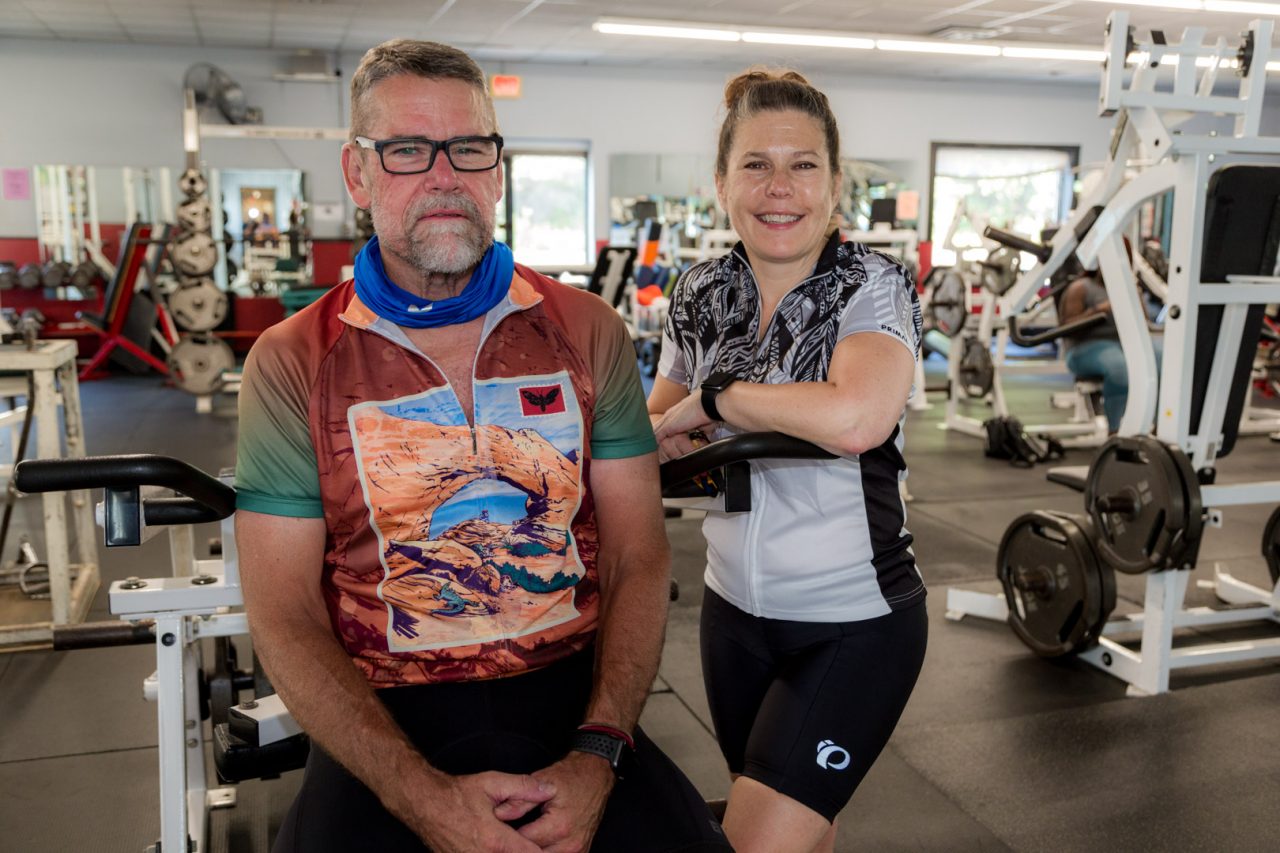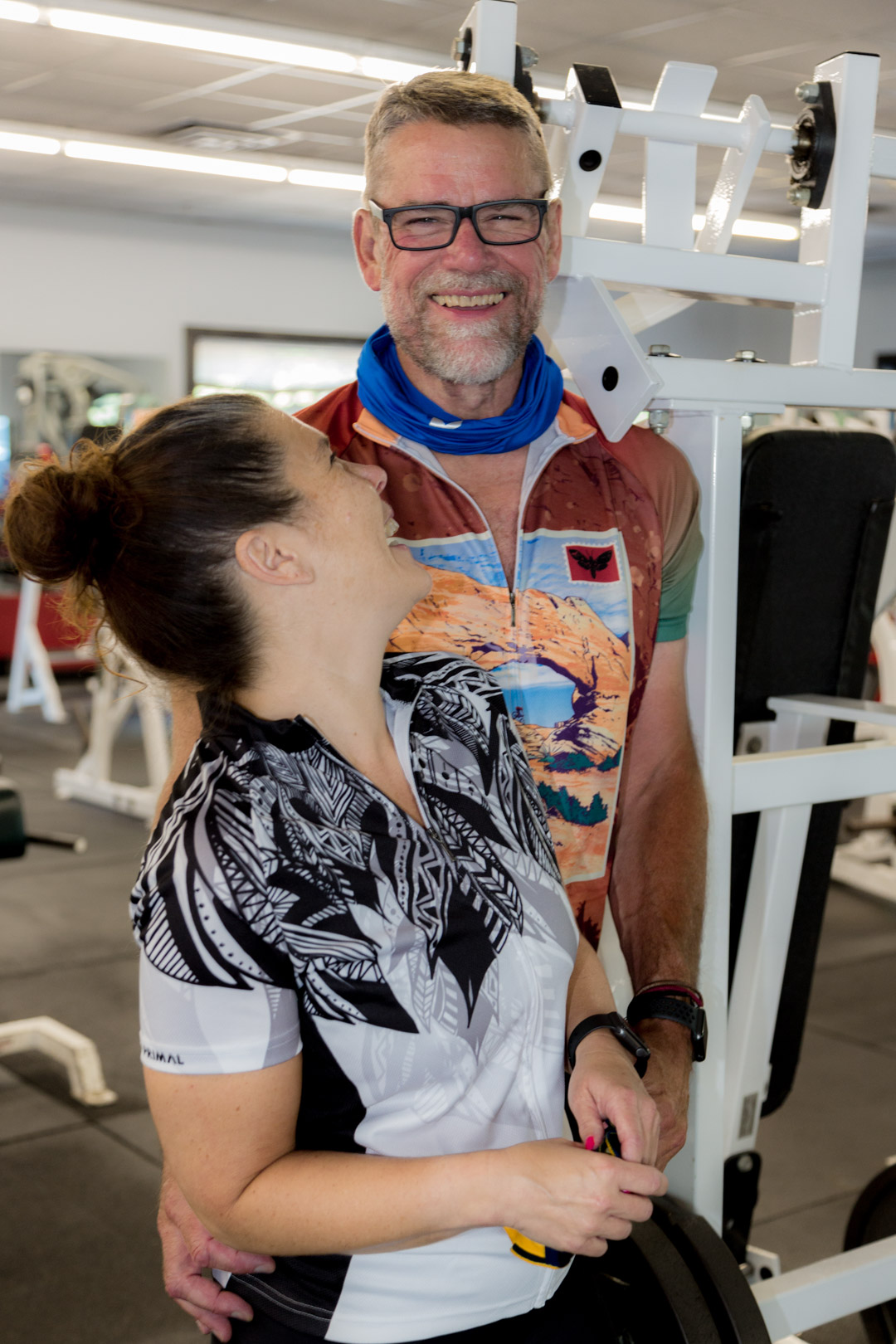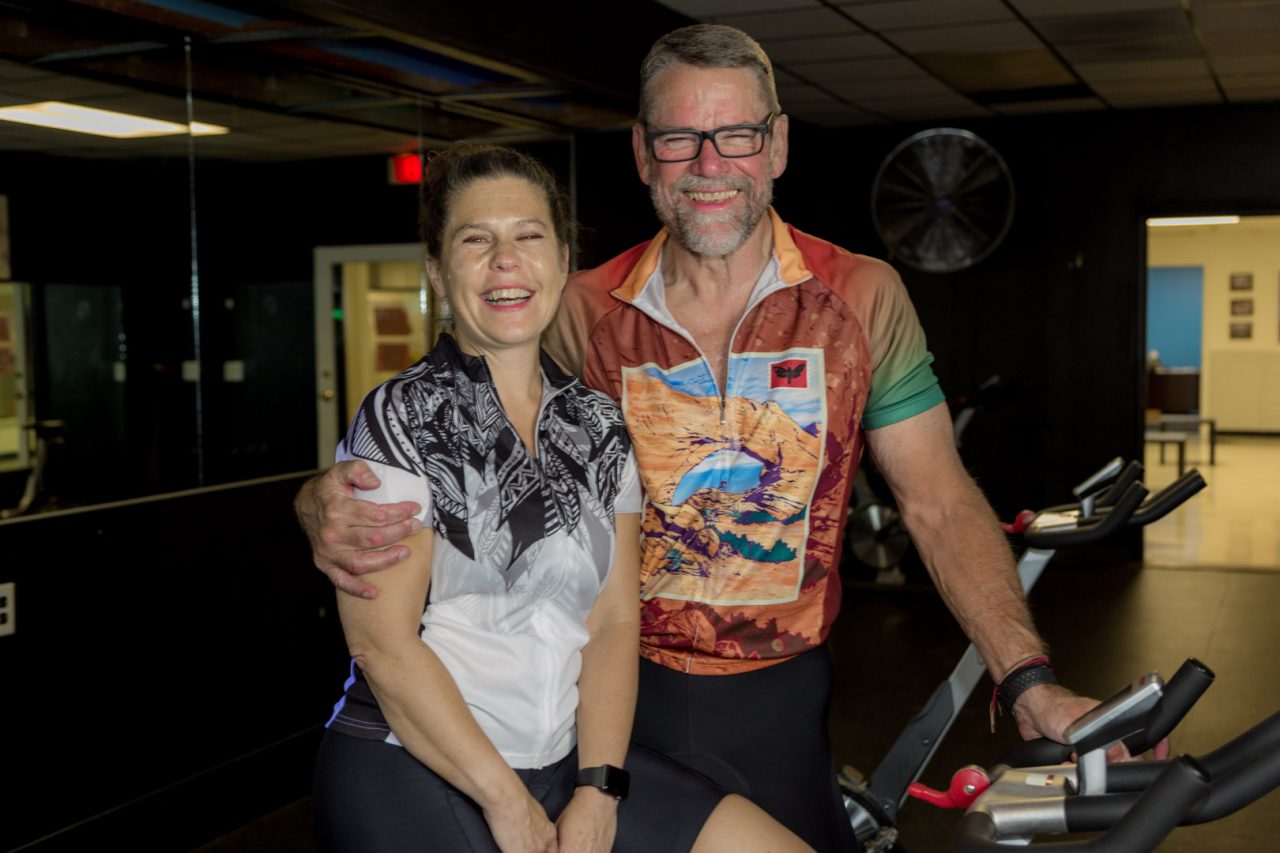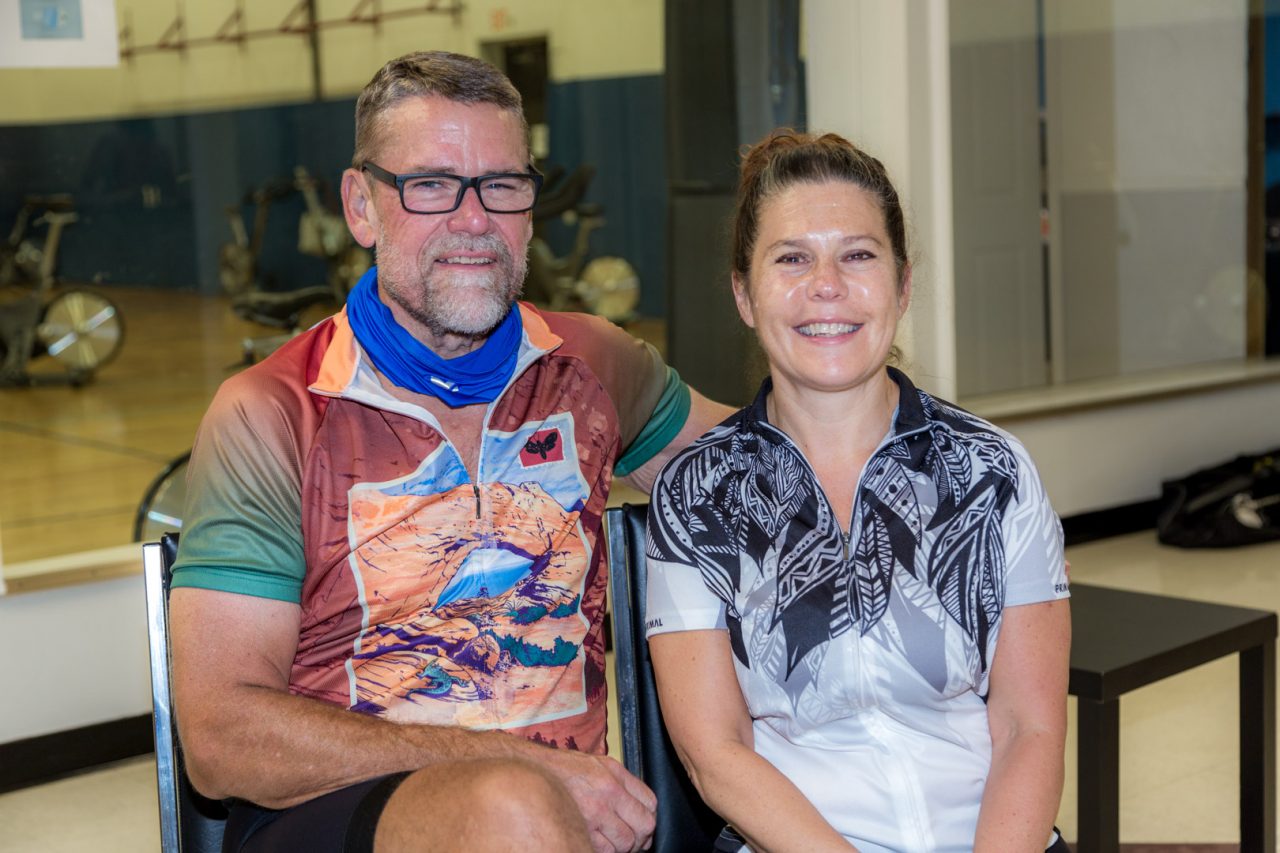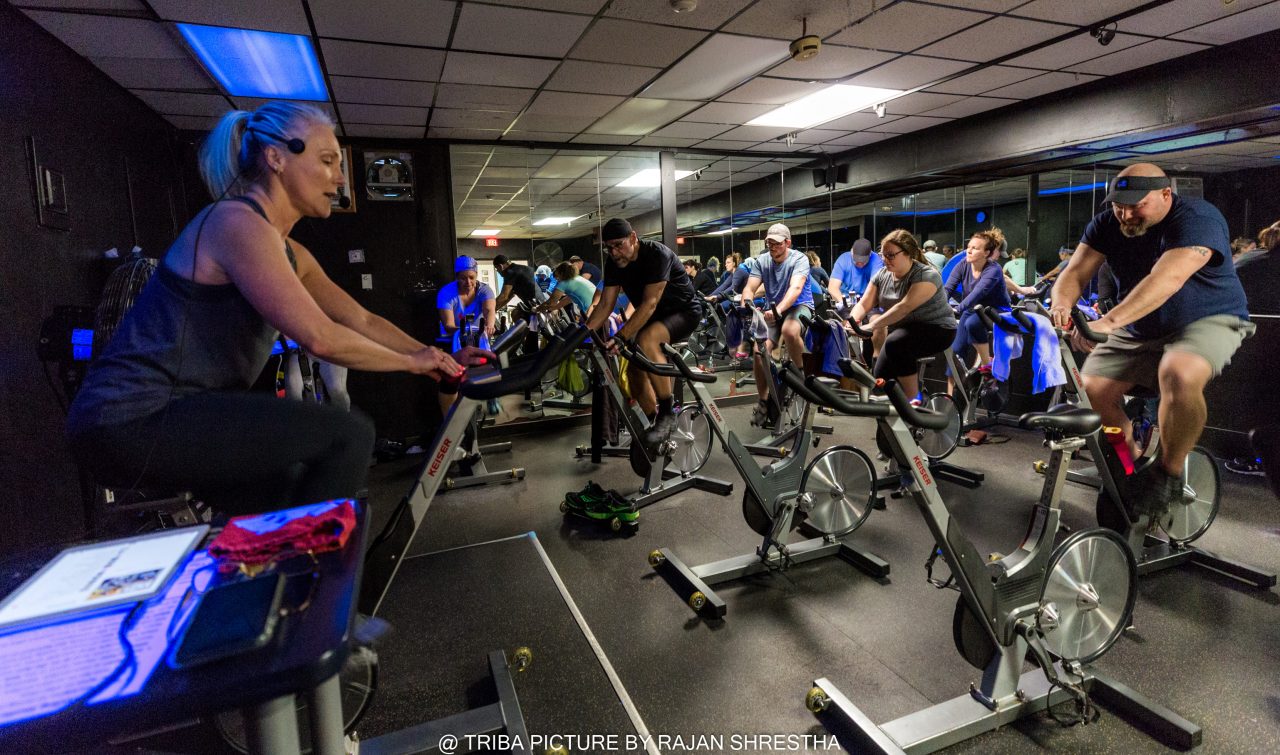Aqua cycling combines the refreshing sensation of water with the invigorating movement of traditional cycling, delivering an unmatched workout experience. Imagine pedaling on a stationary bike immersed in water, where you not only burn calories but also enjoy the soothing effects of buoyancy. This unique exercise has gained popularity for its ability to offer a low-impact yet effective workout solution, making it perfect for beginners and seasoned athletes alike.
Starting aqua cycling offers several benefits, especially for those new to exercise routines. The water provides natural resistance, enhancing muscle engagement while reducing strain on joints. Plus, the cooling effect of the water means you won’t feel overheated as you work out. At Raynham Athletic Club, aqua cycling takes on an added layer of enjoyment thanks to our supportive setting that encourages participants of all fitness levels to discover the advantages of this fun exercise.
What You Need to Get Started
Before you jump into your first aqua cycling class, let’s talk about what you’ll need. First up is the Aqua Cycling Bike itself. This specialized equipment is designed to withstand water conditions. It’s sturdy, rust-resistant, and easy to adjust, ensuring you can set it up to meet your personal comfort needs.
As for your attire, think swimwear meets workout gear. You’ll want something snug and flexible that allows easy movement in water. Some participants prefer to wear light, quick-drying shirts while others may opt for swimsuits paired with water shoes. Footwear designed for water will help you maintain secure footing on the bike’s pedals.
Staying hydrated is another important consideration. Even when exercising in water, you’ll need to drink plenty of fluids. Keep a water bottle within arm’s reach to regularly hydrate throughout your session. Proper hydration supports muscle function and keeps your energy levels steady, helping you make the most of your cycling adventure.
Basic Techniques and Tips
Getting comfortable on the Aqua Cycling Bike is key to enjoying your workout. Start by adjusting the bike to fit your body. Ensure the seat is at hip height, allowing a slight bend in your knees as you pedal. This helps prevent stress on your knees and promotes efficient cycling. Handlebar height should also provide ease so you don’t have to reach too far forward or arm yourself awkwardly.
Once you’re set, focus on basic cycling techniques. Begin with a steady pace to find your rhythm. Pedal with a smooth, circular motion, engaging your core muscles to maintain balance. It’s crucial to keep your shoulders relaxed. Keeping a good posture minimizes fatigue and reduces the risk of injury. A helpful tip is to imagine reaching for the handlebars with a gentle grip, as if holding a small bird. Too much force isn’t necessary.
Maintaining correct form is essential throughout your aqua cycling session. Avoid leaning too far forward or rounding your back. A straight back and a tight core support balanced motion. If you start feeling fatigued, shift to a slower pace until you’re ready to resume full intensity. Consistent practice will not only help you feel more comfortable on the bike but will also build overall confidence in your cycling skills.
Common Challenges and How to Overcome Them
When you’re new to aqua cycling, it’s common to face some initial hurdles. Feeling a bit of discomfort or soreness after your first sessions is normal. This happens as your body adjusts to the new activity. Combat this by gradually increasing your workout intensity. Allow your muscles to get used to the effort, which minimizes soreness over time.
Building stamina is another area where beginners might struggle. Start with short sessions of around 20 minutes and gradually extend this time as your fitness level improves. Set small, achievable goals to encourage progress. Perhaps something like cycling for an extra five minutes or increasing your pedal speed slightly. Efforts like these can keep you motivated without overwhelming you.
Staying motivated can be tricky, especially if things don’t go perfectly every session. Set realistic goals that are challenging yet attainable. Celebrate when you reach milestones to keep your spirits up. For example, reward yourself with a relaxing swim after a week of consistent cycling. Remember that patience and persistence are your best allies in mastering aqua cycling.
Enhancing Your Aqua Cycling Experience
To get the most out of your sessions, try incorporating enjoyable elements. Music can elevate your workout, making time fly by. Create a playlist of your favorite tunes, adding energy and fun. It can also be a good idea to join group classes. They offer a sense of community and motivation as fellow participants share your goals.
Tracking your progress provides insight into your improvements. Use a simple journal to record your cycling times and any new personal bests you achieve. This can help chart your fitness journey and stay encouraged by visual progress. Celebrating these milestones, no matter how small, can infuse additional determination.
For a well-rounded fitness routine, consider cross-training. Engage in other exercises like swimming or yoga to complement your aqua cycling. This not only keeps things interesting but also develops different muscle groups. Diversifying your workouts can lead to greater overall fitness and prevent monotony from setting in.
Make a Splash with Aqua Cycling
As you complete your journey into aqua cycling, remember to relish every moment. This exercise is not just about pedaling in the water; it’s an opportunity to blend fitness with a refreshing experience. Every session you attend adds to your progress, strengthens your body, and clears your mind. With consistent effort, aqua cycling could become a favorite activity that keeps you eager to return to the pool, ready to pedal your way to wellness and enjoyment.
Experience the refreshing benefits of aqua cycling at Raynham Athletic Club, where the supportive environment keeps you motivated and engaged. Ready to start your fitness journey? Sign up for an aqua cycling class today and take the first step to a healthier, more active lifestyle. To get started and learn more about our group exercise sessions, explore our aqua cycling bike offerings now.

